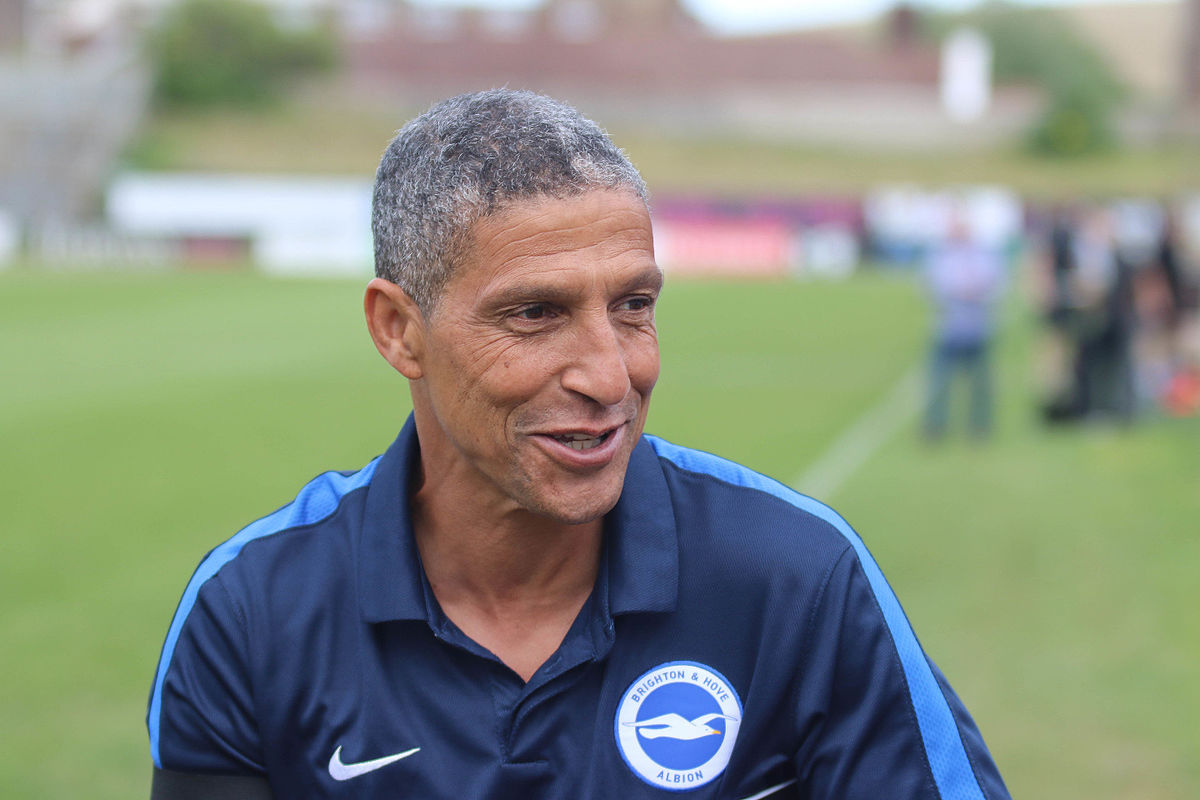Black Lives Matter: lack of BAME managers in elite sport is a major concern
Following the death of George Floyd at the hands of a Minnesotan police, Black Lives Matters protests erupted around the world. George Floyd’s death was the tipping point, highlighting the systematic racism that exists within our society.
Many celebrities and sportspeople have shown their support and solidarity for the Black Lives Matters movement. One of the most emotive symbols of this has been from Premier League players, who replaced their names with ‘Black Lives Matter’ on their shirts, along with players and referees taking a knee before matches.
Although this may seem like a clear statement from footballers expressing their position against racism, by looking past this symbolisation, one can see how racism penetrates all levels of sport. Over the course of the 2018-19 Premier League season, English football’s anti-racism group, Kick It Out, revealed that reports of discrimination had increased by 32% from the previous season: from 319 to 422.
BAME sportspeople still don’t enjoy the same opportunities or rewards
How can we encourage children to praise the values of an activity in which racial discrimination is entrenched? Many are happy to ignore the fact that black and ethnic minority sportspeople still don’t enjoy the same opportunities or rewards for equal performances as their white counterparts.
People are happy to accept the cultural myth that sport is open and inclusive to all, and that athletic excellence is an avenue of upward social mobility. This myth is reinforced by two factors.
The first is represented in the US, where although black athletes make up 11-12% of their population, they are vastly overrepresented in certain sports. African Americans represent 53% and 73% of professional American football players and professional basketball players respectively.
Secondly, many black athletes have reached the zenith of their sport and thus receive some of the highest salaries in their sport. These statistics act as a mask to the racial prejudices which exist in the sporting world.
Sports which require specialist facilities often exclude minority groups
When looking past the disguise of these facts, racial discrimination becomes glaringly apparent in sport. The first form is structural. Sports which require specialist facilities, coaching and specific equipment often exclude minority groups. This explains why the overrepresentation of black sportspeople in some sports, overshadows the fact that they are greatly underrepresented in others.
It becomes immediately clear that some sports are almost inaccessible to minority communities. Sports such as swimming, golf, and skiing continue to be almost exclusively white.
Once black and ethnic minority sportspeople are able to break through these initial challenges, they are faced with three further forms of discrimination: position allocation, analysis of performance differentials, and reward structures.
Black sportspeople are forced into stereotypical positions and roles. These are positions which seemingly require less decision-making and coordinative skills, while white sportspeople are given positions which control the game. Although this is no longer found in some sports such as basketball, this pattern has been found in other sports such as rugby, hockey, football and cricket.
There is a stark underrepresentation of black men and women in sports journalism
Black sportspeople also encounter the issue referred to as ‘unequal opportunity for equal ability’. This means that black sportspeople must outperform their white colleagues in order to remain on the team. Jonathan Brower described athletic mediocracy as ‘a white luxury’.
The most apparent racial problem in sport is the stark underrepresentation of black men and women in sports journalism, officiating, and sports administrative positions. Most alarming is the paucity of BAME head coaches or managers.
Since 1992-3 approximately 25% of footballers have been black and minority ethnic groups, yet only 4.4% have taken on leadership roles as coaches or managers in the profession. In 2014, there were only two black managers in English professional football. This shows the extent of work left to do to give BAME sportspeople equal opportunity, particularly when they seek to extend their careers into administrative and managerial roles.
The Rooney Rule goes some way to addressing unconscious or implicit biases
One of the best examples of how to address the dearth of black and ethnic minority managers is the NFL’s Rooney Rule. It requires teams to interview at least one black or ethnic minority candidate for the job when a senior coaching or operations position becomes available.
The rule was implemented in the 2003 NFL season and it produced evidence to show its success within a decade. In this period, twelve new African American coaches had been hired across the US, and seventeen teams had been led by either a black or Latino coach. The Rooney Rule goes some way to addressing unconscious or implicit biases.
It is clear that further initiatives need to be implemented in order to combat the underrepresentation of black and ethnic minority groups in managerial positions. We must continue to combat the structural racism which exists in sport.

Comments